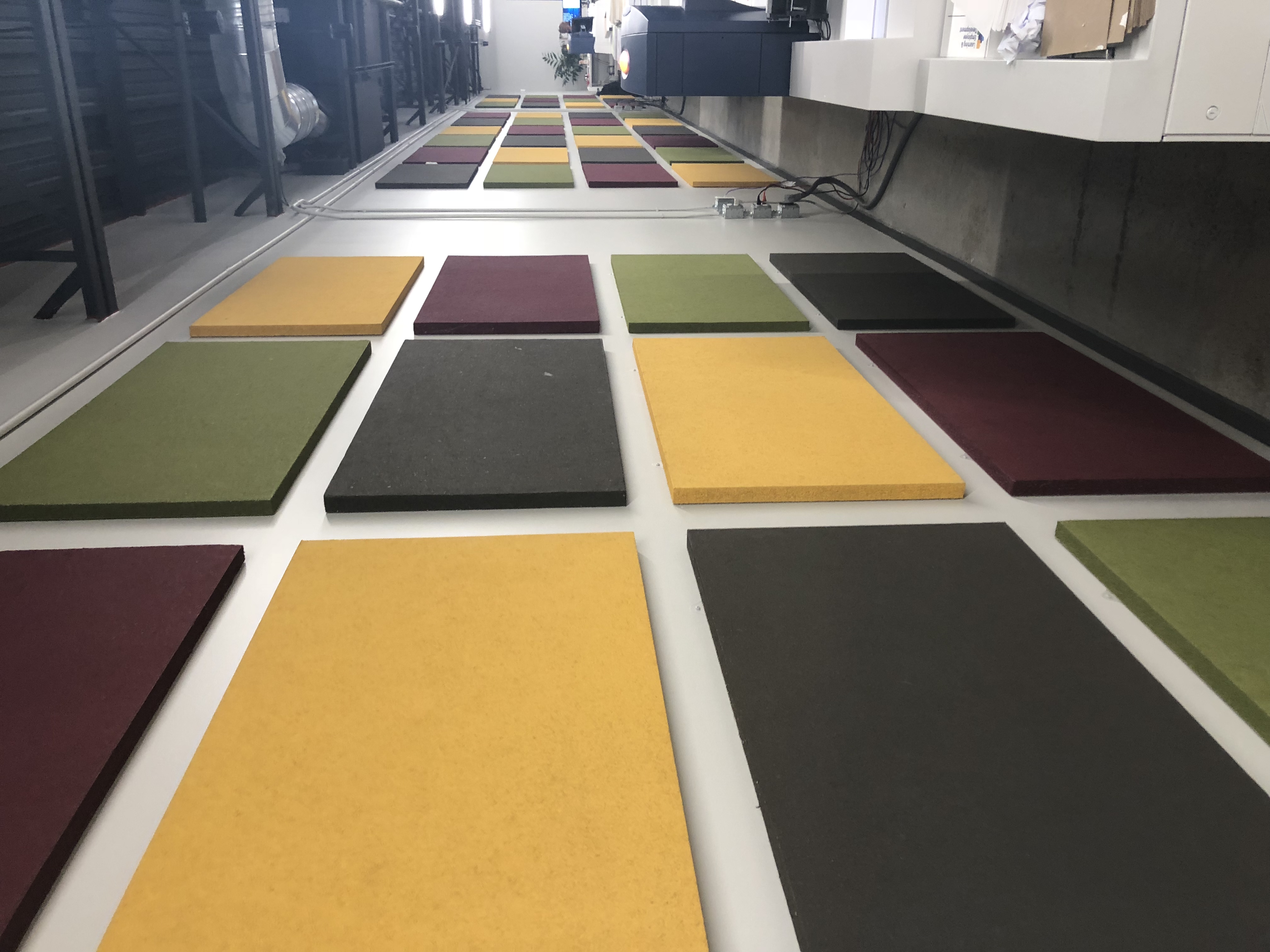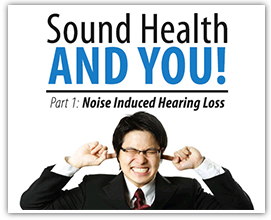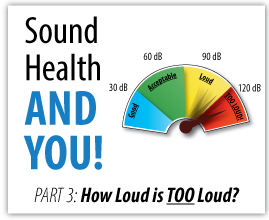How to Control Sound in Therapy Offices and Counseling Rooms
- Sep 10, 2025
Sound control in any kind of healthcare space is important, but it's especially crucial for therapists, counselors, and psychiatrists. In addition to creating a comfortable acoustic environment for your patient or client (as well as yourself), you must also take measures to protect your patients' privacy so that vulnerable conversations or confidential information are not being heard by those in the waiting room or adjacent spaces.
Here are some tips to control the sound in your therapy office:
1. Stop Sound Transmission Via Doors
Sound can easily travel through the air gaps around a door, allowing discussions within an office to potentially be heard by those outside of the office. There are numerous products on the market that address this: from door sweeps and weatherstripping foam to our Door Seal Kit. If your office door is hollow-core, use a sound barrier sheet like our isolé® to help block sound transmission. Any one of these products will help reduce sound waves getting out of (or into) an office via the door, and most can be paired together (like isolé and our Acoustic Door Seal Kit) to increase the sound-blocking capabilities. Blankets or quilts hung over doors can also help to dampen sound transmission.
2. Install Additional Soundproofing Where Possible
For a more comprehensive sound-blocking solution, soundproofing materials such as Mass Loaded Vinyl or our Peacemaker Sound Barrier can be put behind walls or ceilings to add mass and density, which helps block sound transmission. Soundproofing products typically require new construction for installation, so they're best added before moving into the office.
3. Absorb Sound Within The Room
Sound control within a treatment room is also important. Soft furnishings such as couches, curtains, and rugs help to absorb echoes and high frequencies, providing patients with a more soothing acoustic environment for their sessions. Bookshelves similarly can help to mitigate echoes via diffusion. For spaces with surfaces made of highly reflective materials such as drywall, concrete, or glass, consider installing sound-absorbing acoustic panels such as our AcoustiWood® or Image options. In addition to reducing noise within a room, these panels can also add compelling and therapeutic touches of color and design.
4. Add White Noise or Music
Sound-masking is a popular sound control option for waiting rooms in healthcare facilities. White noise machines or music played at a low level can "mask" sounds such as talking to help protect patient privacy.
5. Create Distance Between Treatment Room and Waiting Area
If possible, waiting rooms or reception areas should be situated as far away from the therapist's office as possible. Sound weakens as it travels, so creating a substantial distance between a "private" treatment area and a "public" waiting area will allow sound to have dissipated by the time it reaches one from the other.
6. Discourage Cell Phone Calls in Waiting Area
This is an easy one. Asking patients or clients to refrain from talking on the phone while in the waiting room creates a more peaceful acoustic environment for everyone!
By creating an environment where sound is controlled and acoustics are treated, therapists, counselors, and other healthcare providers can help to protect their patients' privacy while also making a comfortable space conducive to conversation, exploration, and, ultimately, healing.






